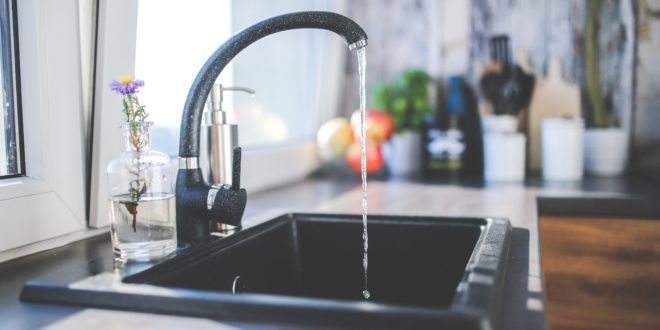Everybody wants access to the best and cleanest water possible, but it’s no secret that declining water quality is a growing problem around the globe. Many communities across the country are experiencing issues with contaminated water, and the worst part is that they often don’t know about it until long after the contamination occurs.
Since the quality of the water in your property affects the health and well-being of your family, it’s paramount that you take steps to ensure that it is as safe as it can be.
Here are eight simple but effective ideas on how to improve the water quality in your home:
1. Install water filters.
Water purification systems are an effective means of removing unwanted water particles and, thus, should help greatly in improving the quality and taste of your water at home.
There are plenty of purification systems to choose from, depending on your budget and required level of filtration. You can purchase a faucet filter for as low as $15 or invest thousands of dollars for a whole house water filter, if your budget allows.
2. Test your water.
It’s essential to have your water tested because only then will you know the levels of bacteria, lead, chlorine, and other contaminants it contains.
You can test your water using inexpensive do-it-yourself kits, we highly recommend bringing in a professional for the job. A water quality expert will be able to properly identify problems and provide useful suggestions on how to rectify them.
3. Use cold water for drinking and cooking.
If you’ve been using hot tap water for drinking and cooking, it’s time to stop the habit.
High temperatures can dissolve the bacteria, metals, and sediments that build up in the heater and mix them with your water. Coldwater, on the other hand, isolates most of these contaminants, so you’re less likely to ingest them.
4. Clean water aerators.
Aerators are the screens that you find at the end of your faucets; and for most households, they serve as the last line of defense before water consumption. The thing is; sediments and metals tend to build up in the aerator screen after some time, affecting water flow, pressure, and taste.
To maintain good water quality, make it a point to routinely clean your faucet aerators and replace them as needed. Luckily, this one’s an easy fix. Faucet aerators are sold for less than two dollars, and you only have to screw them in and out whenever they require replacement.
5. Use water softener.
Water softeners remove hard minerals, such as calcium and magnesium, that are present in water. This makes your water safer to drink and gentler on the skin.
Apart from its health benefits, however, using a water softener is also good for your plumbing system. Softened water will not wear away your pipes as hard water does, so they’re in better shape for much longer.
6. Check your plumbing.
This one’s particularly important if you live in an older home.
Pipes corrode as they age and may become potential lead sources. If your water seems less clear or tastes off, have a professional inspect the pipes throughout your house and replace them if necessary. Keeping your plumbing in good working order will reduce the risk of lead contamination.
7. Flush the pipes.
If you’ve been away for vacation or a business trip and your house was left empty for a week or longer, run cold water on your tap for a few minutes first before using it.
Water that’s been left sitting in the pipes for a long time gets stagnant, collects debris, and generally declines in quality. Flushing the pipes gets the water moving again and allows new water to enter the distribution.
8. Drain the water heater regularly.
When bacteria, metal, and sediments collect in the water tank, they can have negative impacts on your water at home.
Draining your water heater once or twice a year will help remove the bacteria and sediment build-up. This will not only improve water quality but the water pressure in your household as well.



